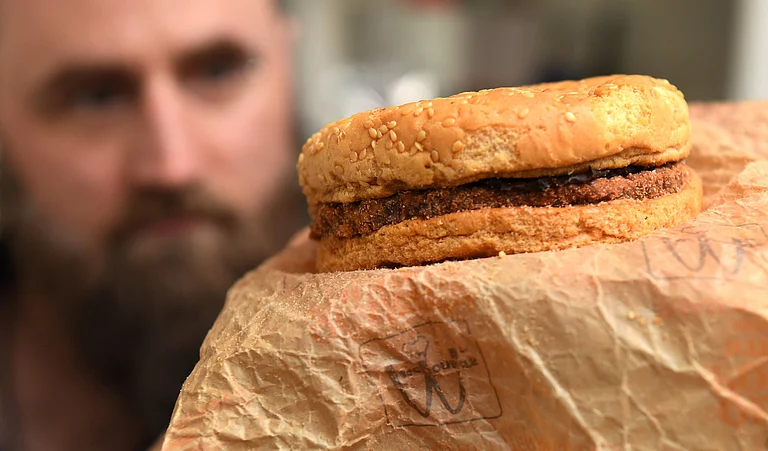A recent survey by LendingTree reveals that 78% of Americans now consider fast food to be a luxury purchase due to the rising costs of meals. This perception is especially common among those facing financial struggles, with half of the respondents viewing fast food as a luxury because they’re financially strained.
The sentiment is particularly strong among specific groups: 71% of Americans earning less than $30,000 a year, 58% of parents with young children, and 58% of Gen Zers see fast food as an extravagance. Despite the love for quick and convenient meals, many are cutting back on their fast food consumption because of high prices. The survey found that although three out of four Americans typically eat fast food once a week, 62% are doing so less frequently due to the cost.
The majority of those surveyed believe fast food should be cheaper than home-cooked meals. However, 75% say this is not the case, and nearly half (46%) find fast food to be as expensive as dining at sit-down restaurants, with 22% saying it’s even more costly.
Fast-food prices have soared, outpacing inflation. According to the Federal Reserve Bank of St. Louis, the cost of fast-food meals has increased by 41% since 2017, while the consumer price index has gone up by 35.9%. Columnist Dan O'Donnell from the MacIver Institute highlighted that prices for basic items like McDonald’s cheeseburgers and Chick-fil-A nuggets have surged as much as 200% in less than five years. O'Donnell notes that this price hike significantly impacts lower- and middle-class families who rely on affordable meals for their busy schedules.
"Fast food patrons are generally lower-income earners — many with young children — who rely on a quick, affordable meal before soccer practice or a band concert," O'Donnell wrote. "When prices at these restaurants spike from $35-$40 for a family meal to $65-$70 in just a few years, those families either have to sacrifice a night out or extend themselves just a little further to afford it."
The shift in fast food consumption patterns is also seen in how people now prefer to make meals at home. In the LendingTree survey, 56% of respondents said their go-to for an easy, inexpensive meal is cooking at home. This trend is affecting global restaurant chains like McDonald’s and Starbucks, which have noticed a decline in lower-income customers who are choosing to eat at home amid the cost-of-living crisis.
To attract these customers back, companies are introducing promotions. Wendy’s has launched a $3 budget-friendly breakfast meal, and McDonald’s plans to offer a $5 combo meal in June, both for a limited time.


















